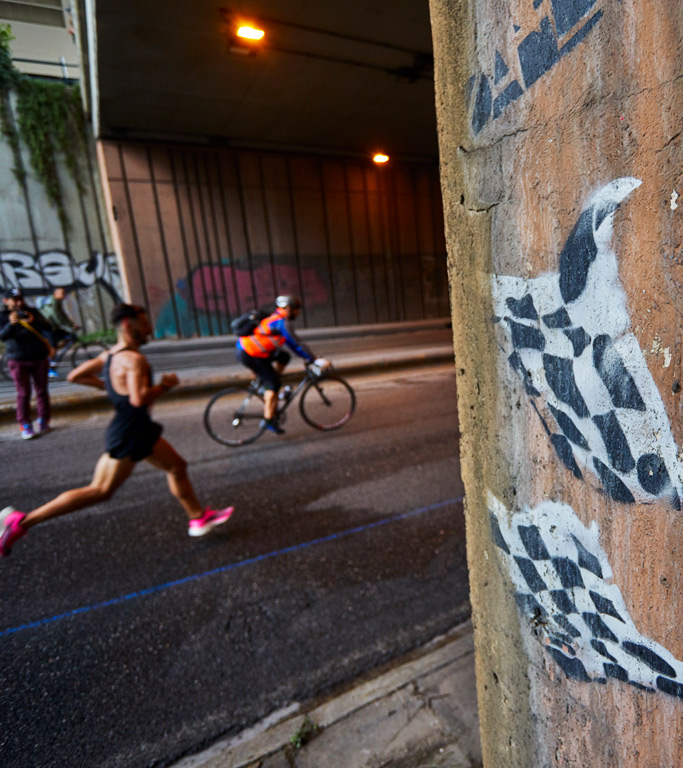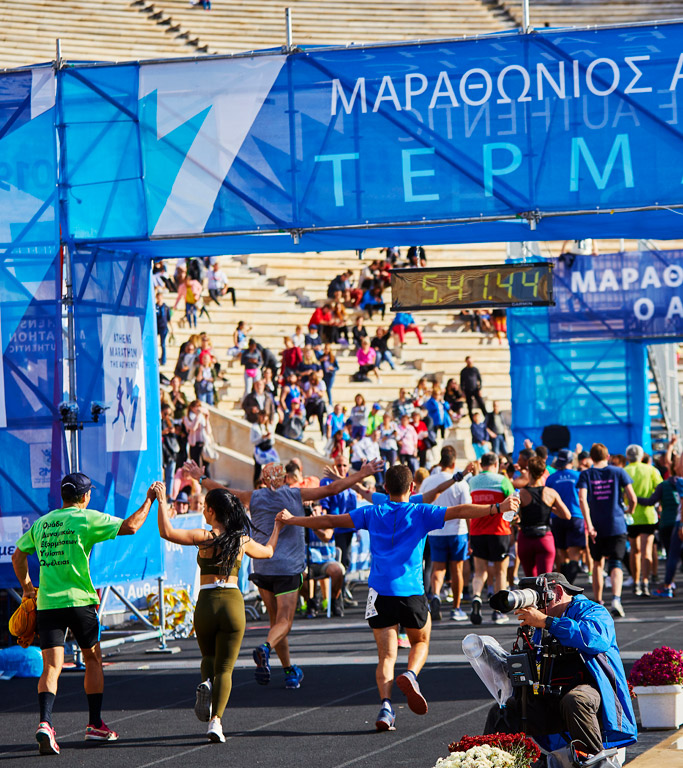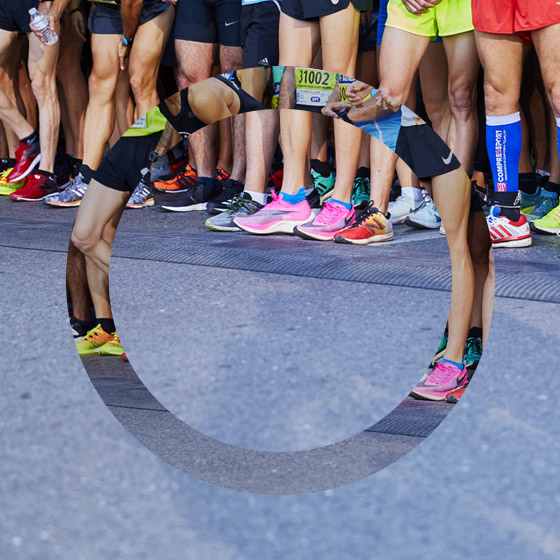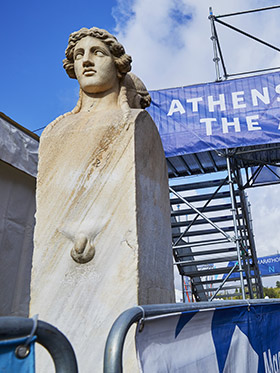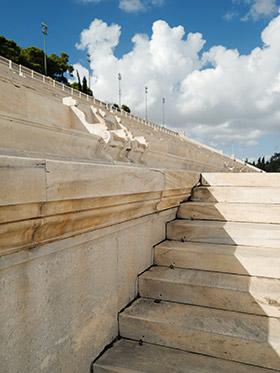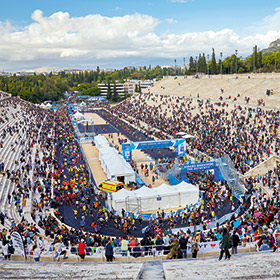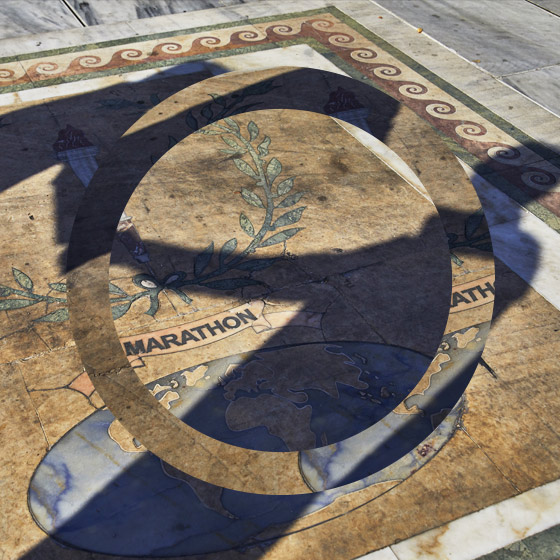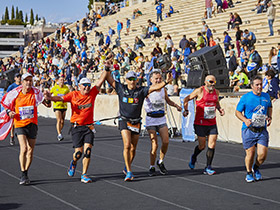As early as 7 o'clock in the morning, the first people start their training, some come every day. The Panathinaiko stadium is not only a popular venue for runners in Athens, it is also seen as a highly symbolic building for a city, for an entire nation.

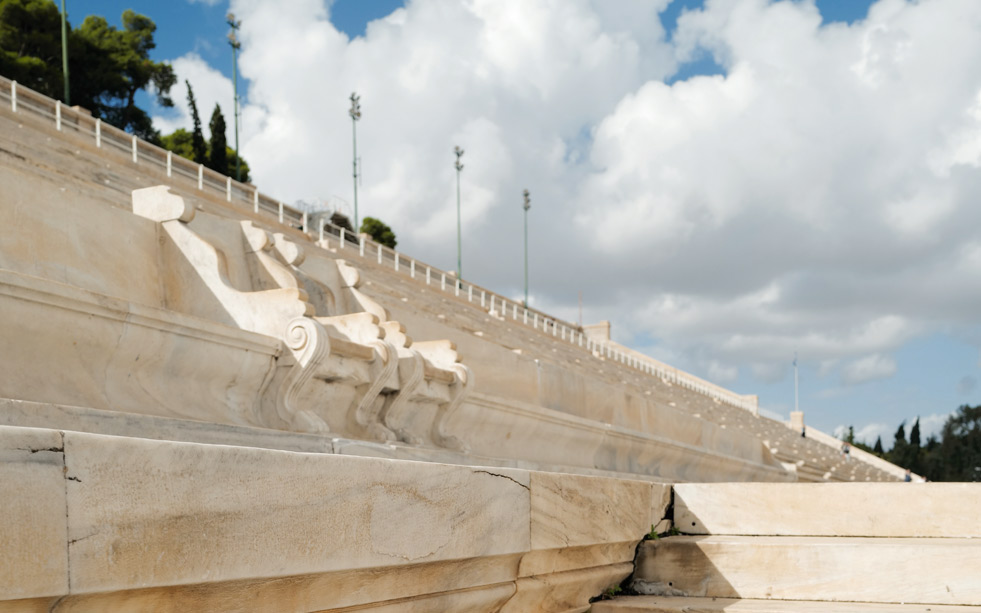
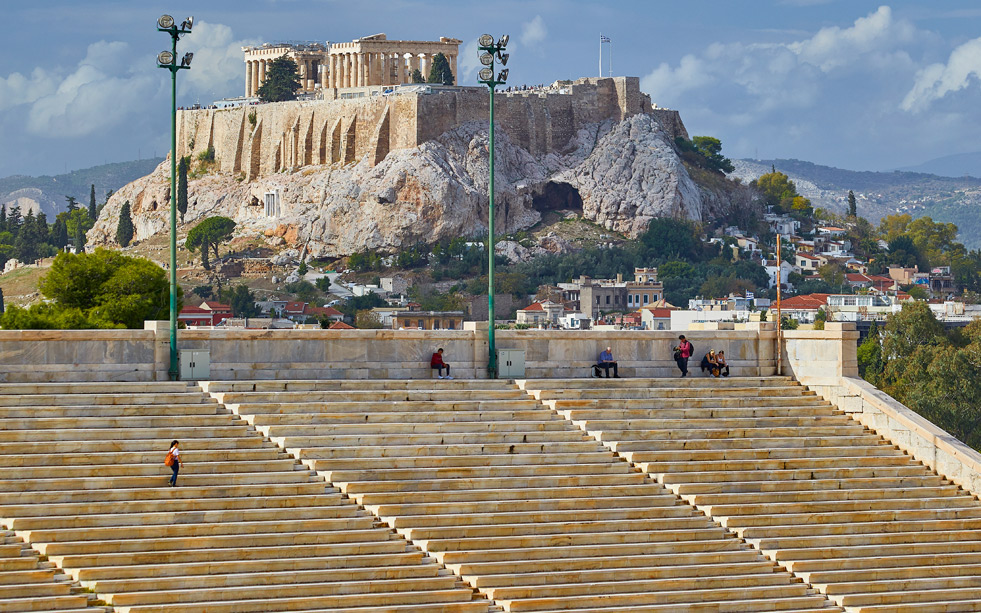





Although the marble stadium, which rises today at the foot of the holy Arditos hill, is "only" the reconstruction of its ancient predecessor, the Kallimarmaro (Greek: beautiful marble), as it is called by the Athenians, has lost none of its imposing appearance. If the origin of the arena goes back to the year 330 B.C., when the sacred rounds of the Panathenian Games took place here, it was converted into the Herod Atticus hippodrome just 500 years later, around 140 A.D. On the ancient foundations, which were excavated in 1870, the impressive stadium was rebuilt for the first modern Olympic Games in 1896. Since 1982, the stadium has been used every year as the finish line for the Athens Marathon. The construction became world famous in 2004 when the Greek national football team became European champions. The 250 meter long, white shimmering horseshoe looks absolutely gigantic in the urban fabric of Athens, even from the Acropolis.
